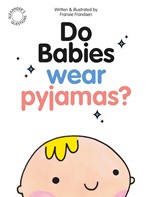Developing Emotional Intelligence Through Art
Creating an artwork is not only fun, but plays an important role in supporting children’s mental health, helping to establish emotionally intelligent young people with empathy for themselves and the world around them.
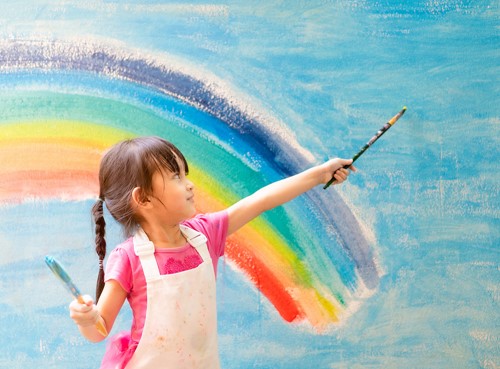
I am sure most of us can easily recall how, when painting or drawing as children, we became totally immersed in our art making, how we became lost in thought and how time seemed to fly by; the art experience all too short.
Practising art such as drawing, painting, colouring or sculpture requires focus and concentration, allowing the artist to disconnect from stress and resulting in satisfaction and calm that remains long after the activity is over. The therapeutic effects of art-making on mental health are well documented. Being creative can increase positive emotions, lessen depressive symptoms, reduce stress and decrease anxiety, just to mention a few. Platforms like Diamond Artist offer creative outlets that allow individuals to explore their artistic side, providing accessible ways to engage in relaxing and enjoyable art activities.
Young children have a wonderfully unrestricted view of the world and their place in it, however they are often unsure exactly what they are feeling and how to name these feelings. Through engaging in art activities, children can express their inner thoughts and feelings freely in a non-verbal manner and learn about themselves and their place in the world around them.
I’ve often been amazed how art-making can help children create a new skillset for expressing their feelings. Watching any child take part in an art activity is pure joy; their enjoyment and total immersion in the activity clear to see.
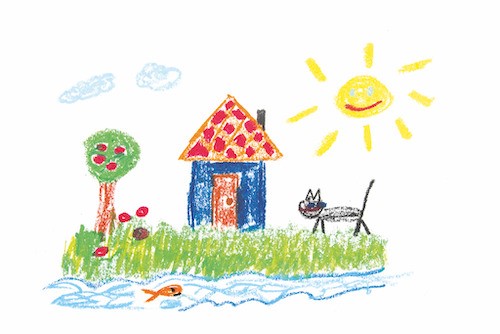
But much more is happening than meets the eye.
Giving children the freedom to express themselves through art is allowing them to embark on an exciting journey with advantages much greater than just creating art.
While doing art, the child is making of a series of quick subconscious decisions, which are communicated through the artwork. These are invaluable to the child in gaining self-understanding.
As an example, let’s look at what typically happens when a child is given a variety of art materials to choose from and the freedom to draw themselves in any way they wish. The first step would be deciding on what to draw and which materials to use. Through internal dialogue, the child uses his or her problem solving skills to meet the challenge through a structured approach and plan. For example, “I am going to draw myself at my school on a big sheet of paper using paints.”
Our artist now has a plan and the painting process can start. From here-on, many decisions are continually being made regarding the size and placement of the figures, the colour and the composition.
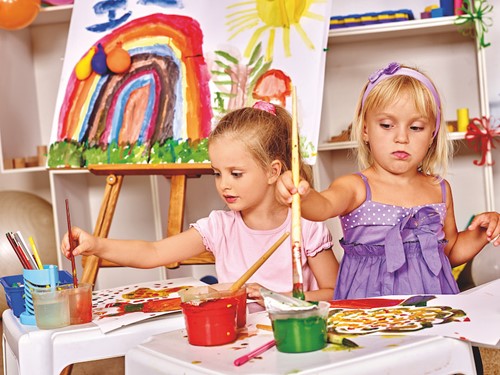
So, in order for a child to depict themselves in their surroundings, he or she needs to take a whole host of factors into consideration. An internal dialogue is set in motion, in which the child questions what they themselves, as well as others around them, may look like: their size, facial expressions, their relation to each other, as well as how they are placed in their physical surroundings. Subconsciously asking, “Where am I in relation to my friends, family, buildings, trees and the sky?”
In anticipation of drawing their own facial expressions and that of others, the child needs to question what emotion everyone is feeling. And in order to assess the emotional state of another person in his or her drawing, the child needs to empathise with that specific character, emotionally placing him or herself in their shoes. Learning to understand and empathise with others are essential skills in becoming an emotionally intelligent person and an important tool in cultivating emotional intelligence in future.
In this way, by consulting with him or herself, the child enters into a process of decision making and problem solving and the drawing now becomes a fertile learning experience about self and others, in gaining self-understanding and invaluable in establishing sound future mental health.
I am of the firm opinion that children should be given ample opportunity for free expression through drawing or painting.
There is no right or wrong and the focus needs to be on the process of art-making, rather than what the end result looks like. However, parents can be valuable witnesses in the process of art-making, while at the same time gaining a welcome glimpse into the inner world of their child.
The child’s artwork can be used as a safe “third person” through which parents can gently explore their child’s feelings and help him or her put names to the feelings and emotions expressed in their artwork. The child feels validated by the interest their parent takes in their creation and learns that expressing feelings and showing emotion is a positive thing to do. Seeing their artwork displayed on the fridge or elsewhere in the house serves as ongoing positive reinforcement and the process of art making is extended even further.
Children not only love doing art, but when engaging in an enjoyable art activity, the child embarks on a journey of generating and composing new thoughts and ideas and exploring, discovering and communicating their feelings about themselves and the world around them.
Through this process of planning, decision-making and problem solving, the child gathers valuable information and the art experience becomes a testing ground for new skills such as self-expression, communication and empathy. These skills can be carried right into adulthood, ultimately helping to establish emotionally intelligent young people with empathy for themselves and the world around them.
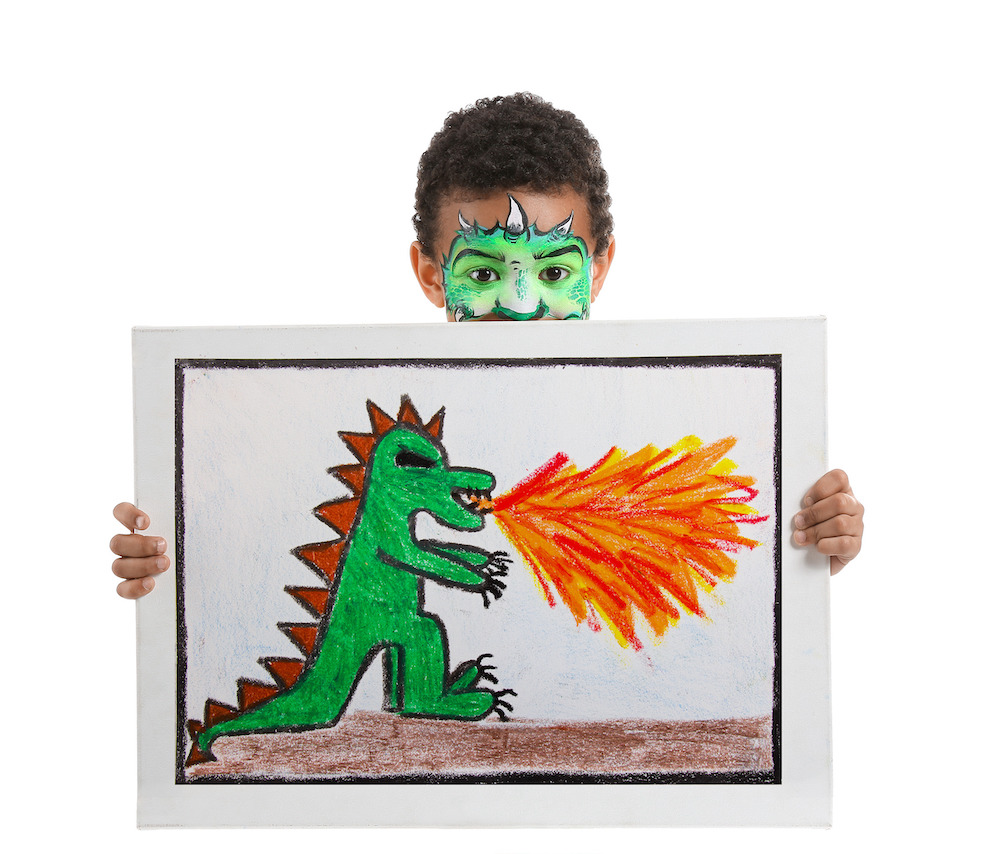
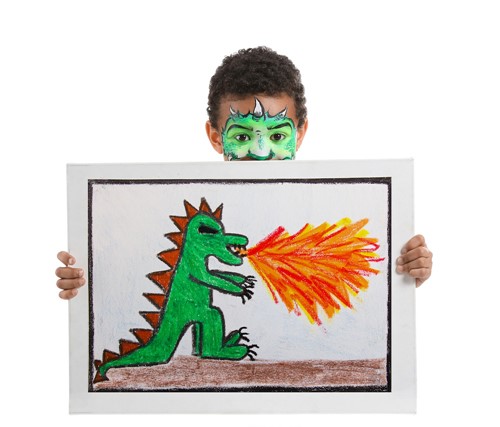
Fransie Frandsen is the author of ‘Do Babies Wear Pyjamas?’, part of the Alexander’s Questions series which explores, in a fabulously fun and engaging way, the notion of parent-child communication.
